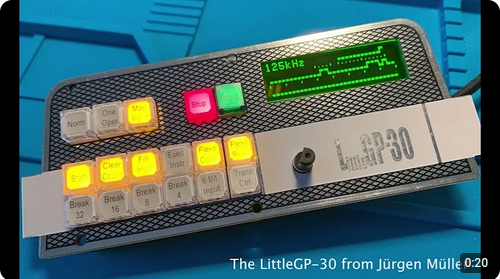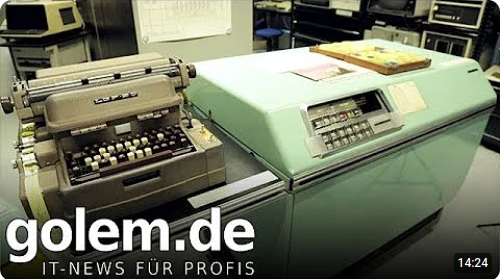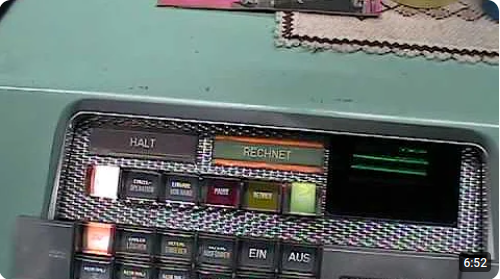LGP-30 Replica: LittleGP-30
Imagine a computer built from just 113 electronic tubes and 1450 diodes.
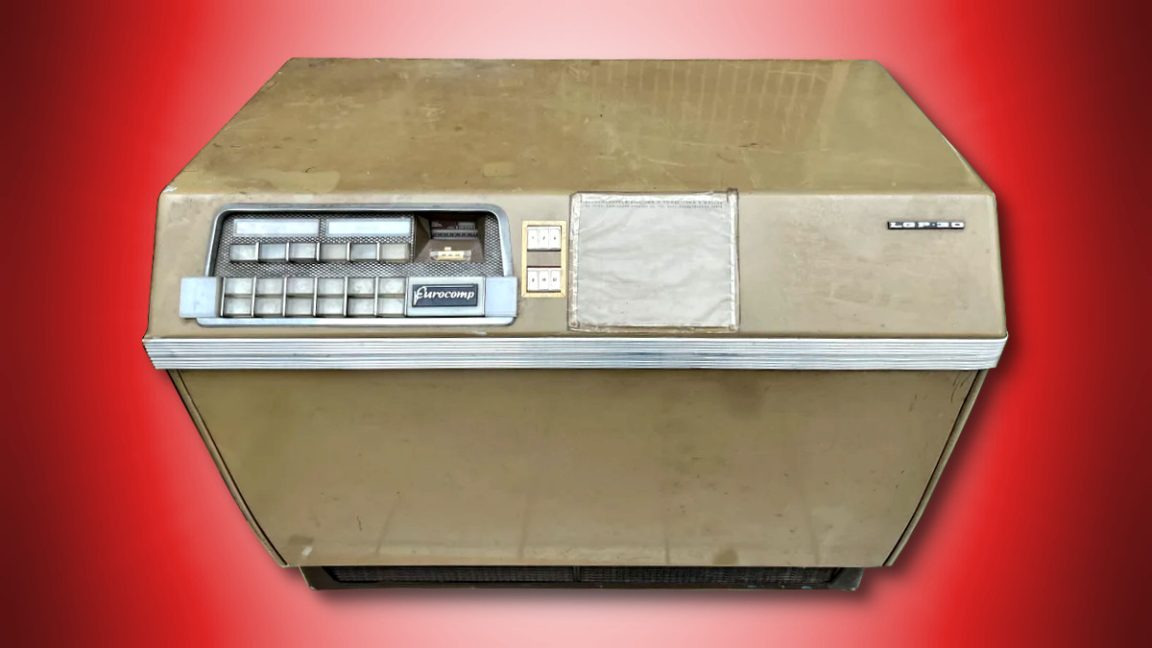
This is an original photo of Stan Frankel's masterpiece, the LGP-30. Introduced in 1956, it paved the way to the idea of a personal computer. A Desk Computer, was the word. Which is not to be confused with a desktop computer, obviously. The difference is an order of magnitude in both weight and size.
For someone used to today's computers, the LGP-30 demands a rethink - which is why it is interesting. It works on a serial stream of bits. Not 16, 12, or 8 bits, but just 1 bit of data flows through its veins. The whole thing is a box of shift registers, with a tiny bit of logic added. Jürgen Müller's cycle-exact replica shows the (replica) control panel in more detail:
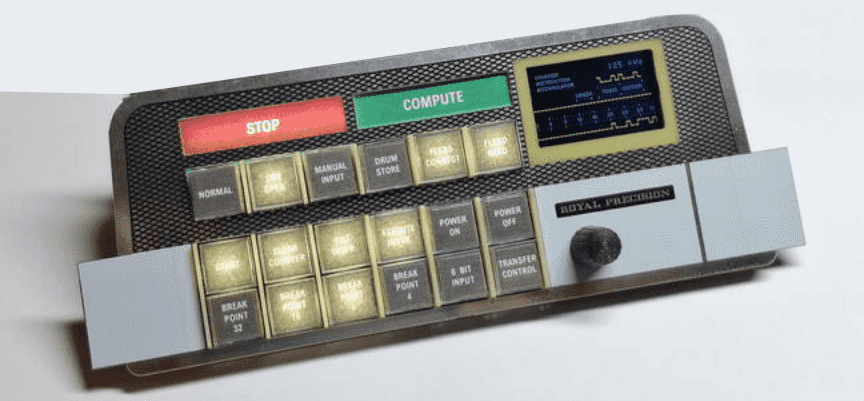
LittleGP-30 v2.0: a work in progress
More interesting hardware facts
With its 113 tubes, the LGP-30 has 16 instructions. Which is enough for anyone, of course, and makes machine code programming relatively simple. Except it isn't, because of the drum storage.
If you want to get performance out of the LGP-30, you have to time the drum. Store a variable at the right distance from the instruction using it, and the serial stream flows uninterrupted. Store it somewhere else, and you have to wait for the drum to rotate up to where your data sits. Hence the nicely unintelligible code of Mel.
The LGP-30 does not have a classical Blinkenlights front panel. Instead, it uses a little built-in oscilloscope to show you what is in its three registers.
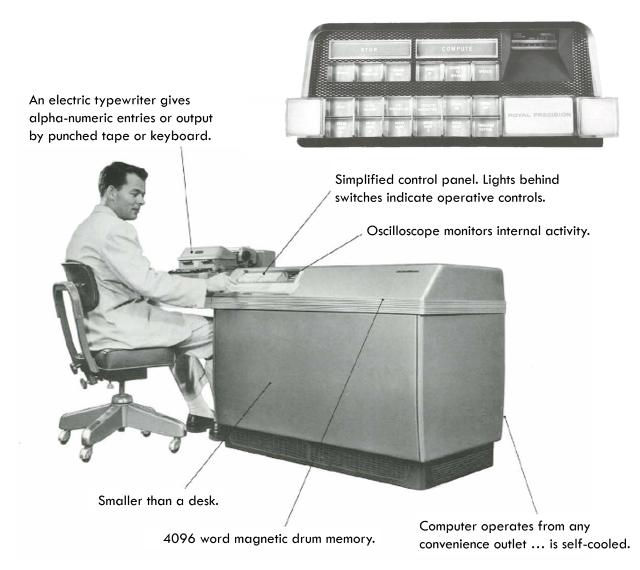 So. This is fun. Rethinking computer architecture, getting your mind around serial computers, being amazed about how little you need to make a very functional computer. Even a PDP-8 looks bloated compared to this. And still it works!
So. This is fun. Rethinking computer architecture, getting your mind around serial computers, being amazed about how little you need to make a very functional computer. Even a PDP-8 looks bloated compared to this. And still it works!
To prove that point, quite a lot of recovered software is built in to the replica. From the famous Black Jack game, through an assembler and the ACT-II compiler, down to what you could call the predecessor of an operating system - of sorts.
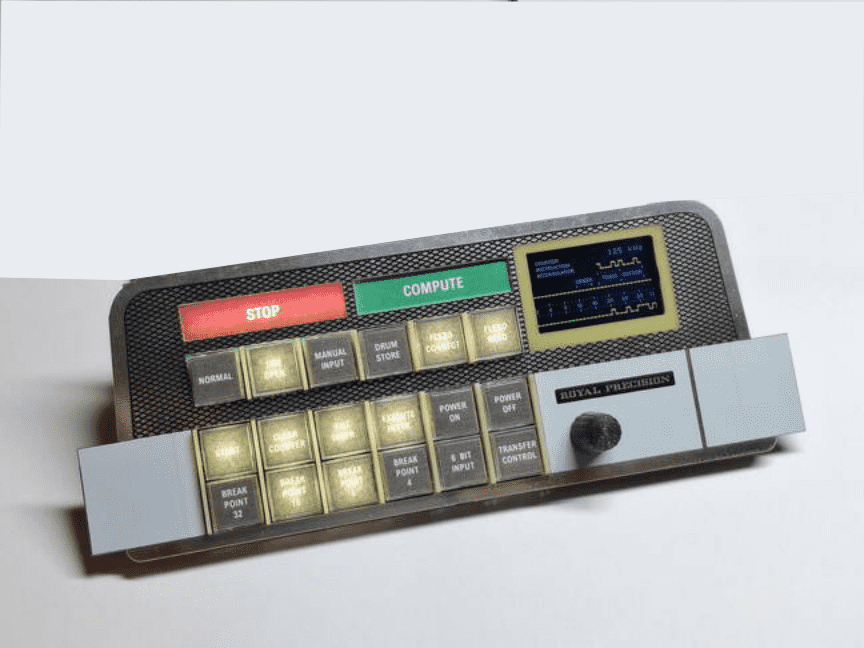
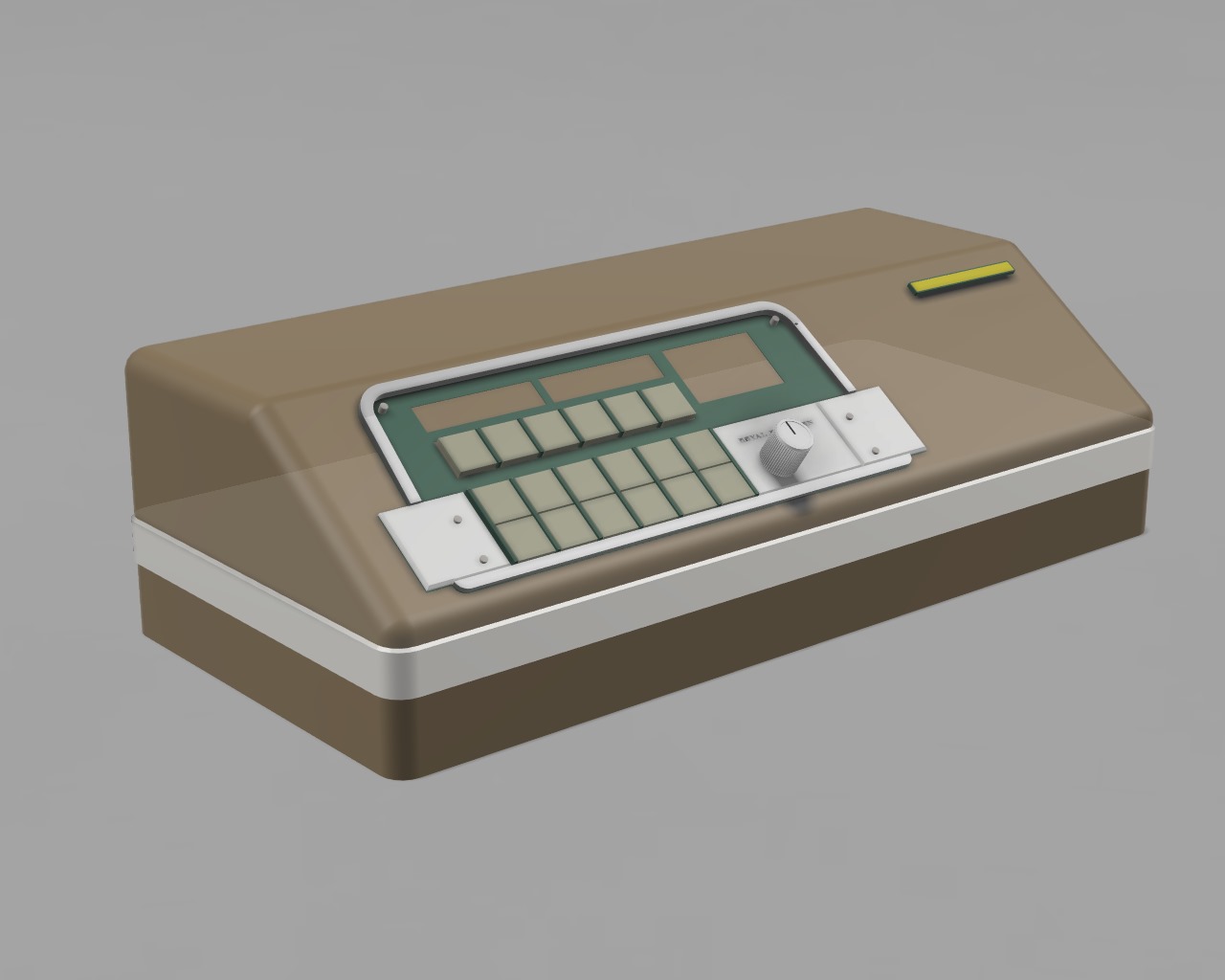



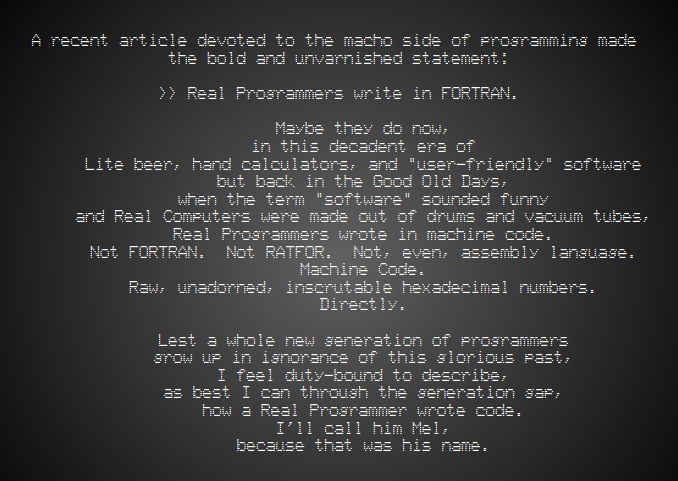
 The LGP-30 has
The LGP-30 has
